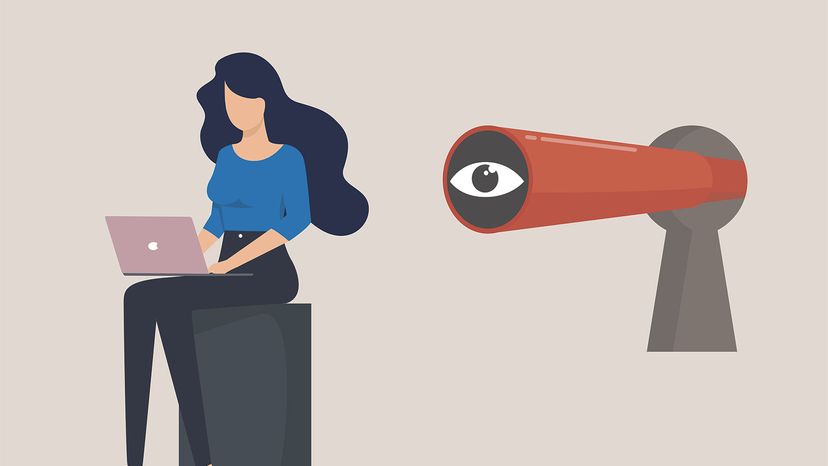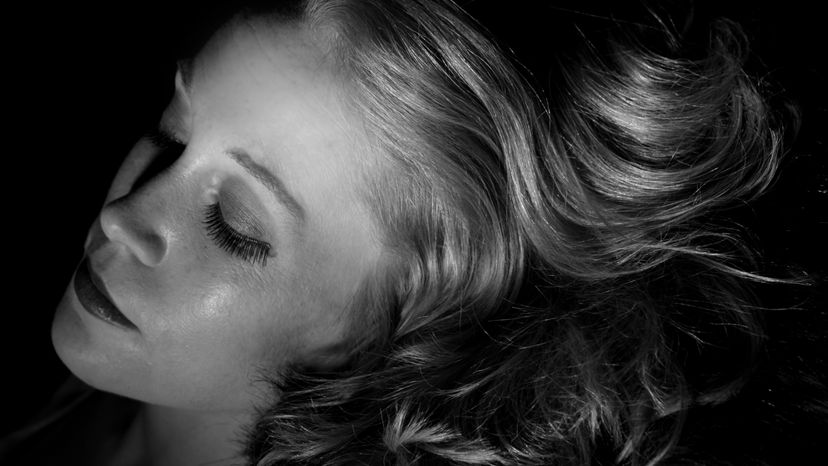
After two and a half years at home wearing bunny slippers, I strapped on a new pair of velvet heels to wear to a party. Big mistake, it turns out. I tripped three times before even getting out the door; my body had apparently forgotten how to walk on stilettos. I’m not sure when I’ll have the courage to give heels another try.
I’m not the only one in this pickle. According to Bloomberg, women across the country are flocking to podiatrists with shin splints, plantar fasciitis, and other terrible foot injuries from trying to wear heels to the office and events for the first time in years. Personal stylists report that clients are no longer wearing heels everyday like they did before, but just once a week, for important meetings. Instead, they’re opting for flats.
Birdies, a shoe startup, saw this trend coming years ago, and has created a line of shoes tailored to women’s post-pandemic needs. The brand is known for its unique shoe, which is a hybrid between an elegant, vintage house slipper and a comfortable ballet flat, designed to be worn both indoors and outdoors.
Based on customer feedback during the pandemic, Birdies added sneakers to the mix, but embedded them with the brand’s comfortable slipper insole. This approach has been a hit: Revenue has doubled since 2020, and the company is on track to sell half a million shoes, generating $50 million by the end of the year. The brand’s designs might offer a glimpse into the new normal, at least when it comes to shoes.

Working-from-home shoes
In 2015, Birdies founders Bianca Gates and Marisa Sharkey—who worked in tech and consulting, respectively—observed that professional women were increasingly working from home, but there weren’t many options for elegant indoor shoes. (Apparently not everyone shares my fondness for bunny slippers.)
The pair decided to design a line of elevated house shoes that would make women feel put together as they worked in their home offices or hosted dinner parties—but that would also be comfortable enough to wear with pajamas. They used $100,000 of their own cash to start the company, but they didn’t expect it to be a wild success.
“It was a niche idea,” says Gates, now the CEO. (Sharkey is COO.) “We weren’t trying to launch a huge shoe business.”
The founders designed house slippers inspired by vintage midcentury versions. Imagine: smoking slippers with a cozy robe, or velvet pink pompom slippers Marilyn Monroe might wear with a silk nightgown. Women responded to the shoes immediately, snapping up the first few rounds of inventory, which allowed the pair to place new orders and quit their jobs to run the business full time.
But Birdies quickly ran into a problem: The brand kept getting customer complaints about the soles wearing out. When the founders emailed back asking how the shoes were being worn, they realized customers were wearing them on walks around the neighborhood. Meghan Markle was photographed in several pairs, all while walking outdoors.
“It confused the customers,” Gates says. “They didn’t realize [Birdies] weren’t designed for outdoors. So we responded . . . by designing them for the outdoors.”
In fact, the shoes got completely redesigned, with more robust soles that could withstand outside surfaces, and a patented seven-layer insole featuring memory foam for arch and heel support, shock absorption, and cushioning. With that, Birdies rebranded the shoes for both indoor and outdoor wear.
Business was chugging along when the pandemic struck. Overnight, the company’s business proposition began to make a lot more sense. The slippers fit into a broader trend of pandemic comfort dressing. Stuck at home all day, women craved comfort, which is why sales of sweatpants soared.
Other brands that blended comfort with style also took off during the pandemic. Consider the best-selling Nap Dress: an A-line dress with ruffled sleeves and an elasticized bust that’s cozy enough to take a nap in but professional enough to wear to a Zoom meeting.
Birdies were selling out faster than the company could make them. But the founders realized that some customers wanted even more from the design.
“The only thing we could do back then was take walks,” Gates says. “Our shoes were great for walking around the block. But some customers were taking long walks around the city, and they needed more support.”
So Birdies’ designers got to work again, this time creating sneakers with thicker soles and more shock absorption but equipped with the same comfortable insole. And this time they took inspiration from retro running shoes from the 1970s, complete with color palettes from the era and even houndstooth plaid patterns.
The sneakers dropped in March of this year and have been flying off the site.

The post-pandemic shoe
In many ways, Birdies tailored its footwear to women’s pandemic needs. The founders say they were prepared to pivot quickly if consumers decided they’d had enough of comfortable flats. But that never happened. Sales have only increased as life has begun to return to normal; 2022 will be the company’s best year to date.
This aligns with what we’re seeing in the rest of the market. High heels have been a fixture of women’s wear for the last two centuries, as I recently reported. Many women felt compelled to wear them to the office (and some workplaces actually mandated them) as well as to fancy events.
But there has been pushback, as some women complained about how painful heels are to wear and how they can permanently damage the foot. There’s also new data revealing that people take women less seriously in the office when they wear heels.
The pandemic may have simply accelerated the process of transitioning to comfort over tradition. Plenty of reporting suggests that many women have chosen to cast high heels aside permanently.
Nevertheless, high heels carry a mystique, and many women associate them with happy times. July sales data from NPD Research suggests that heels are making a slight comeback from their lowest point in the pandemic, when sales plummeted by 71%. But personal stylists and other experts say that women aren’t wearing these heels every day, just for special occasions.
Birdies is counting on heels dying off slowly. But for flats to take their place, Gates believes they need to be carefully adapted to women’s lifestyles. This means they need to be stylish and professional enough to wear to the office when necessary.
Even Birdies sneakers are being designed to be slightly more formal and fashion-forward enough to wear to work and events. There’s a shiny gold pair that works with party dresses and suits.
“Footwear [is] always evolving,” Gates says. “Our goal is to meet women where they are at this point in their post-pandemic life.”





